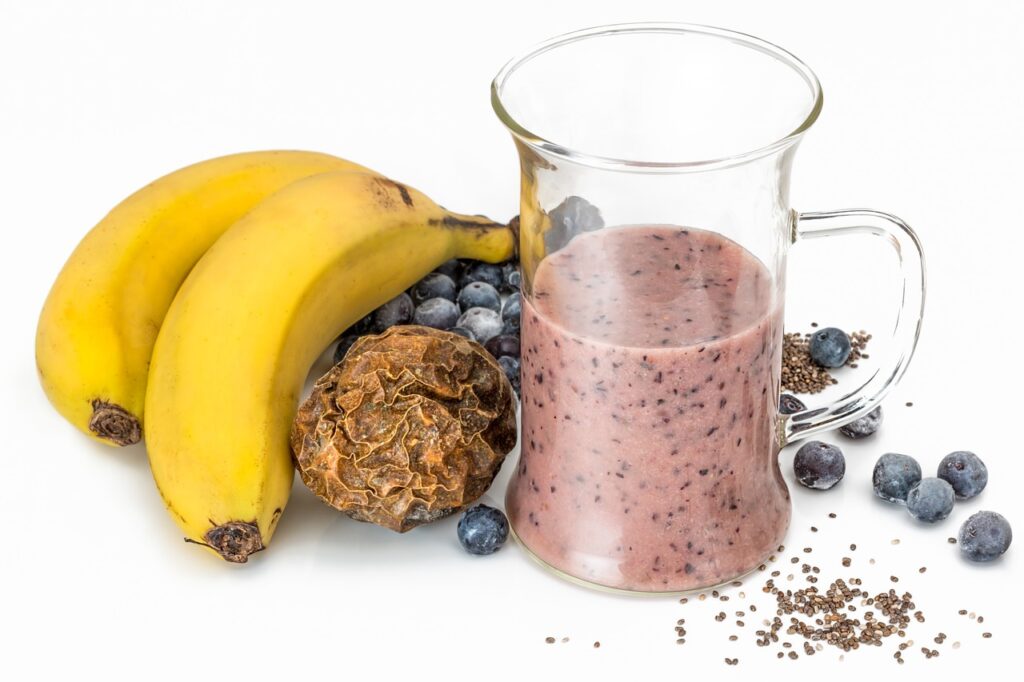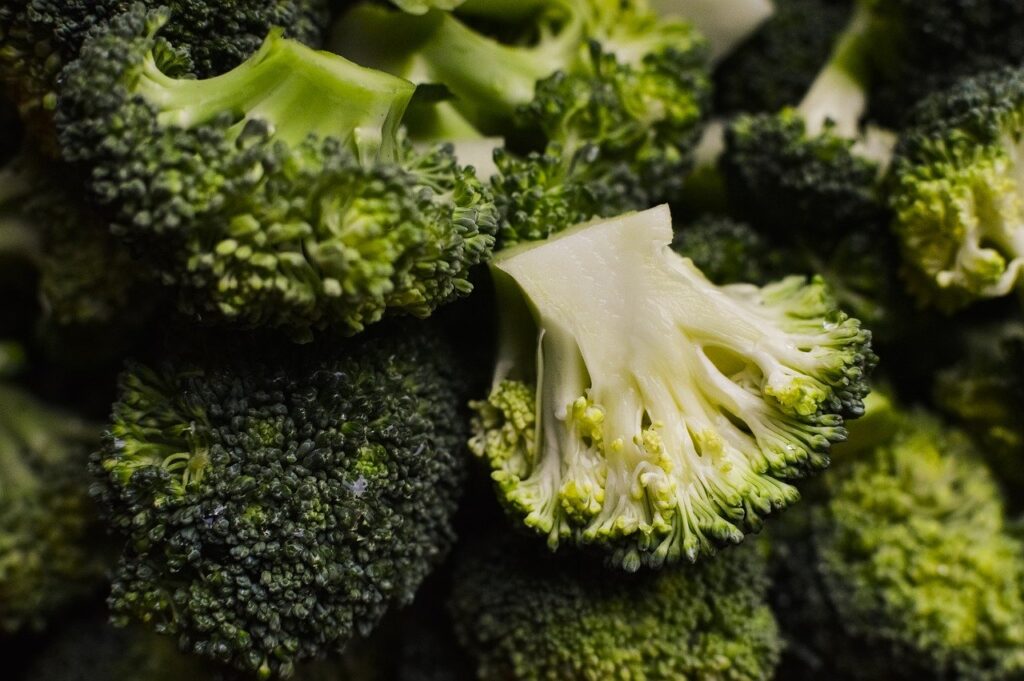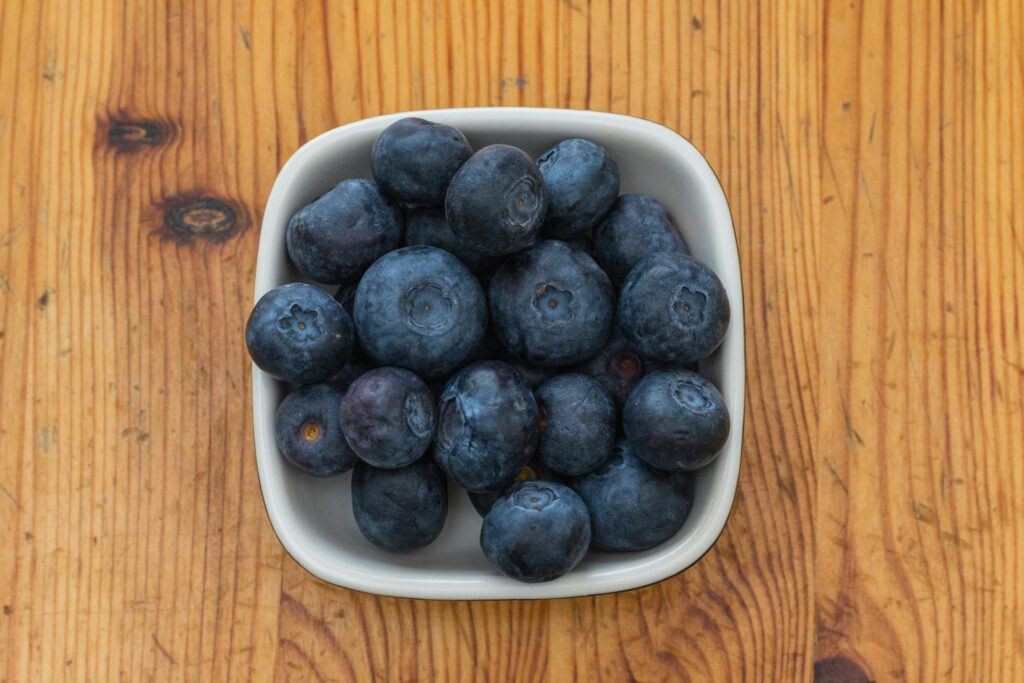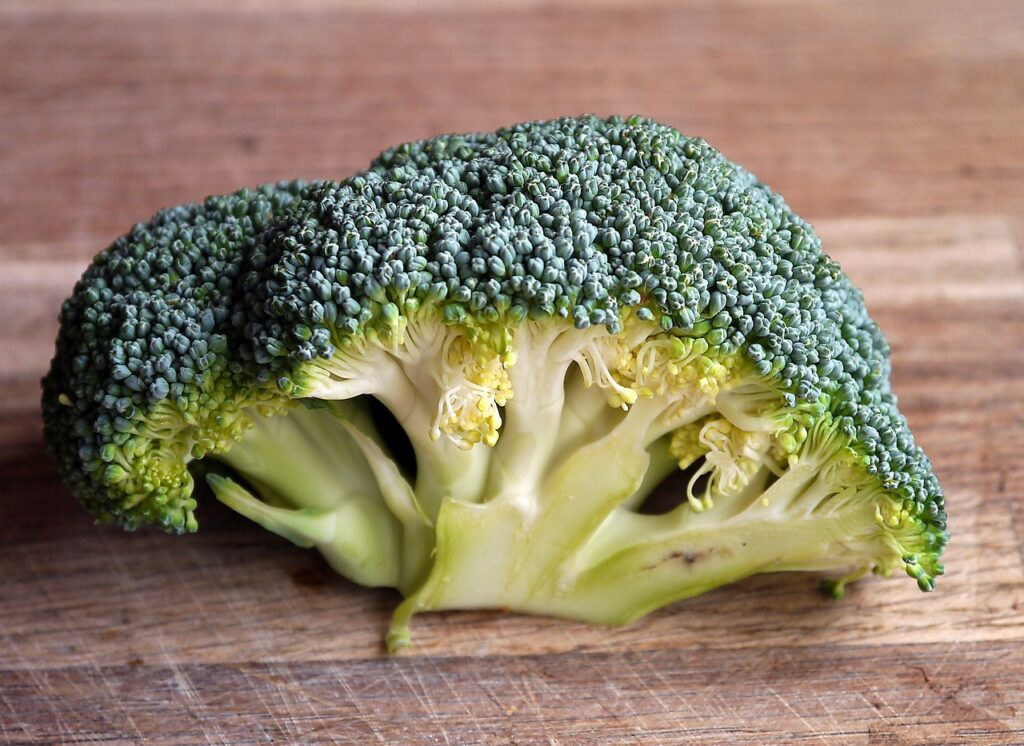
Cannellini beans, with their creamy texture and nutty flavor, are a staple in Italian cooking and a versatile ingredient in soups, stews, salads, and more. However, there are times when cannellini beans may not be available, or a recipe may call for a different legume with a similar profile. To maintain the integrity of a dish when the original ingredient is inaccessible, identifying appropriate substitutes is crucial.
Substitutes not only save the day when you run out of a specific ingredient but also offer an opportunity to experiment with new flavors and textures in your cooking. When choosing a substitute for cannellini beans, it’s important to consider how the beans’ characteristics contribute to the dish and how potential substitutes might affect the outcome. Refining the choice based on the desired flavor, texture, and appearance ensures that your meal remains as delicious as intended.
Key Takeaways
- Substitutes for cannellini beans should match their flavor and texture for best results.
- The right substitute can seamlessly take the place of cannellini beans in various recipes.
- When selecting a substitute, consider its impact on the overall dish.
Understanding Cannellini Beans
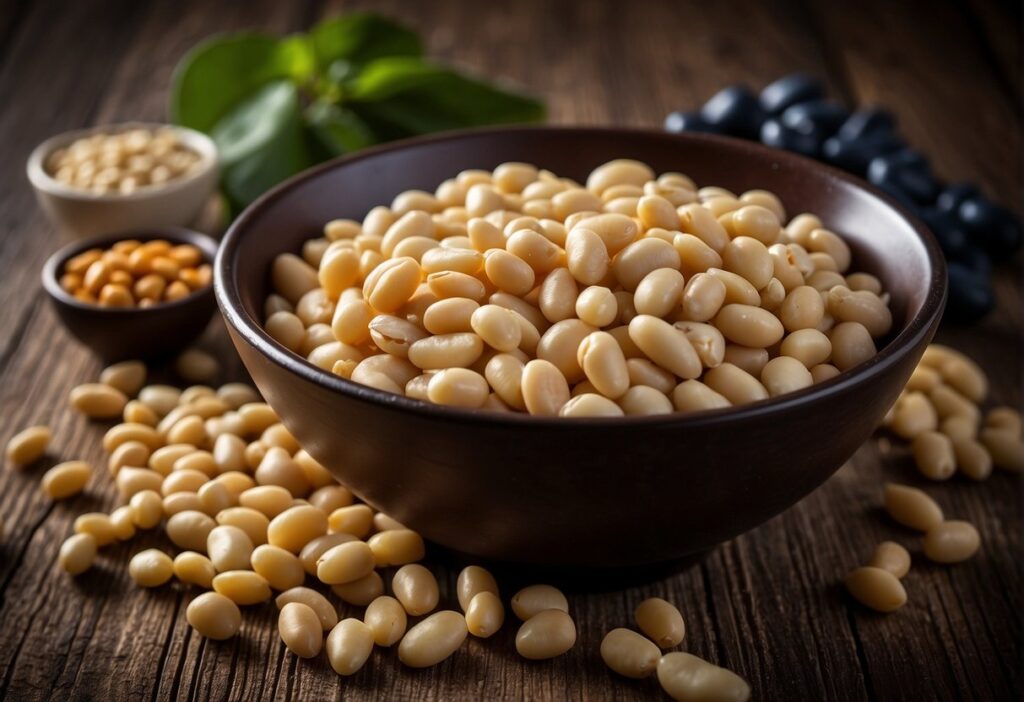
Cannellini beans, also known as white kidney beans, are a staple of Italian cuisine. Recognized for their creamy texture and substantial size, these beans are a preferred ingredient in a variety of dishes, from salads to soups.
Notable for their nutritional value, cannellini beans provide a rich source of protein and fiber, making them a healthful addition to any meal. Their versatility and mild flavor allow them to absorb the essence of accompanying spices and herbs, enhancing the overall taste of a dish.
When cooked, the texture of cannellini beans becomes notably smooth, which contributes to the heartiness of stews and casseroles. In salads, their firmness adds a satisfying bite that complements leafy greens and other vegetables.
Nutritionally, these beans are a powerhouse, offering a range of vitamins and minerals, in addition to being a low-fat source of energy. Listed below are key nutritional highlights per one cup of cooked beans:
- Calories: Approximately 200
- Protein: 15 grams
- Fiber: Around 12 grams
- Fat: Less than 1 gram
Cannellini beans are integral in traditional dishes such as “Pasta e fagioli” and Tuscan bean soups. Their ability to maintain structure while cooking makes them a reliable choice for many recipes calling for white beans.
Top Cannellini Bean Substitutes
When looking for a replacement for cannellini beans, the substitute should closely mimic their creamy texture and subtle flavor. Several beans make suitable substitutes in terms of size, texture, and flavor profile.
Navy Beans
Navy beans are small, white beans that are a great substitute for cannellini beans due to their similar texture and flavor. They work well in soups and stews, maintaining a firm shape when cooked.
Great Northern Beans
Slightly larger than navy beans, Great Northern beans offer a mild, nutty flavor, making them a suitable cannellini bean alternative. They are a versatile choice for many recipes, including salads and casseroles.
Kidney Beans
Kidney beans, recognizable by their larger, kidney-shaped form, can replace cannellini beans, especially in hearty dishes like chili. Their robust texture holds up well under longer cooking times, but their flavor is more pronounced.
Butter Beans
Also known as lima beans, butter beans have a soft, buttery texture that resembles cannellini beans. They are larger in size and lend a subtle, slightly sweet taste to dishes such as succotashes or bean salads.
Using Substitutes in Recipes
When substituting cannellini beans in recipes, it’s essential to consider the cooking time, flavor profile, and preparation method of alternatives to achieve desired results.
Soups and Stews
In soups and stews, beans contribute both flavor and texture. Substitutes like Great Northern beans or navy beans are a suitable choice as they maintain a similar creamy texture and absorb surrounding flavors well. Cooks should ensure that the substitute bean has a comparable cooking time to cannellini beans to prevent over- or under-cooking. When preparing vegan options, one should also consider the overall flavor profile, perhaps adjusting spices and herbs accordingly.
Salads and Dips
For salads or dips, one seeks beans that hold their shape yet remain tender. Kidney beans or chickpeas can replace cannellini beans effectively, as they add a distinct flavor while maintaining the hearty texture required in such dishes. Consistency in preparation is key; a 1:1 ratio for substitution usually works well. ItalicUse of boldflavorful boldherbs and boldspices can compensate for any subtle differences in bean flavor profiles.
Casseroles and Baked Beans
In casseroles and baked beans, where the beans are integral to the dish’s structure and taste, substitutions like butter beans or pinto beans work well due to their similar size and the ability to become tender without disintegrating. The consumption of boldflavor is a high priority in such dishes, so one should adjust the cooking time and seasoning to match the original recipe’s intent. Preparation could involve the addition of a rich sauce or combining with aromatic vegetables, ensuring the dish retains its satisfying depth of flavor even with the substitute.
Considerations When Choosing Substitutes
When selecting an alternative for cannellini beans, texture and size are primary factors; substitutes should ideally have a similar creamy texture and large size to match their culinary uses in recipes. In terms of cooking, the replacement beans should have comparable cooking times to avoid undercooked or overcooked dishes.
The protein and fiber content of the substitutes are vital for those looking to retain the nutritional value of their meals. Nutritional benefits should align closely with the cannellini bean’s profile to maintain the dish’s health benefits.
Flavor profiles are also an important consideration. Cannellini beans have a mild flavor with a hint of nutty and earthy tones, which should be matched closely to maintain the authenticity of a recipe. Strongly flavored beans might overpower a dish intended to highlight other ingredients.
Lastly, cost can be a deciding factor. Price varies due to availability and demand for certain bean varieties, therefore one should consider the economic aspect of their substitute choice.
When evaluating substitutes, use the following overview for a concise comparison:
| Substitute | Texture | Flavor Profile | Cooking Time | Nutritional Value | Cost |
|---|---|---|---|---|---|
| Navy Beans | Creamy | Mild | Similar | High | Low |
| Great Northern Beans | Slightly Firmer | Mild | Similar | High | Low |
| Butter Beans | Very Creamy | Buttery, Mild | Similar | High | Medium |
| Chickpeas | Firmer | Nutty | Longer | High | Low |
| Pinto Beans | Creamy | Earthy | Similar | High | Low |
| Kidney Beans | Firmer | Mild | Similar | High | Low |
| Black Beans | Slightly Firmer | Earthy | Similar | High | Low |
| Borlotti Beans | Creamy | Nutty, Sweet | Similar | High | Medium |
Choosing the appropriate substitute involves evaluating these characteristics against the intended use in recipes to ensure the best possible outcome.

